Five types of deadlifts and their unique benefits to build strength and muscle
It's time to mix up your conventional deadlift with one of these variations


The deadlift isn’t just for powerlifters and strong competitors, everyone can benefit from including this compound movement in their training – whether you’re a beginner or a well-versed athlete. Targeting the posterior chain muscles, the deadlift is one of the elite exercises to build strength and muscle in your hamstrings, glutes, traps, lats, delts, and erector muscles. There’s a reason why this exercise dominates the gym floor and if it’s not in your pull program, then it should be.
Although the conventional deadlift may be the most popular variation, there are plenty of others out there. However, the one that is best for you will come down to your personal goals, anatomy, and experience. Maybe you find conventional too taxing on your lower back (or simply don't enjoy it) and are looking for a variation that’s more gentle on your joints. Or, maybe you're looking to improve your deadlift lockout or pull. Whatever your reasoning, here are five variations you can add to your training...
1. Trap bar deadlift
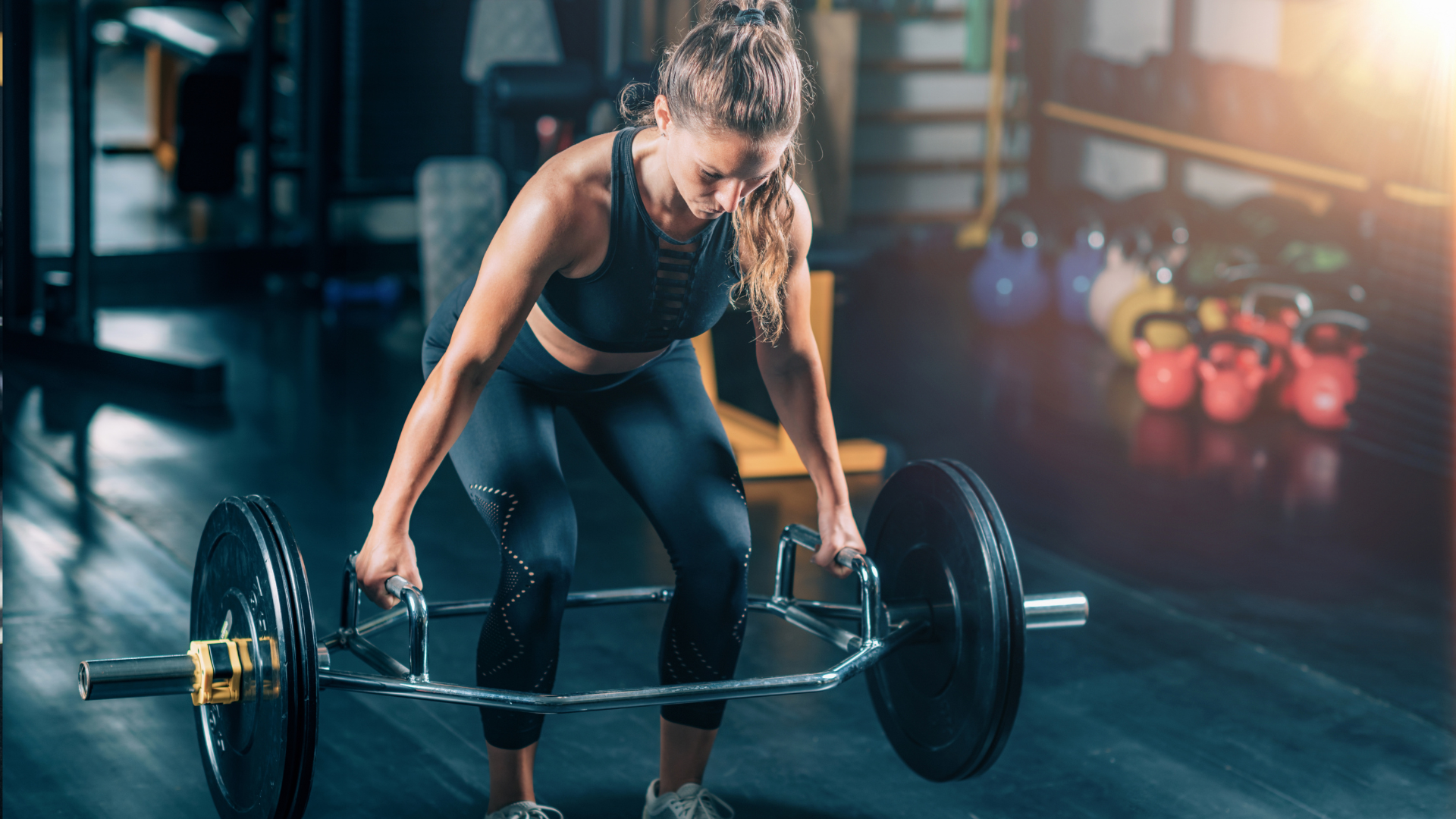
Also known as a hex bar deadlift, this variation is fantastic for loading up your quads, while taking the pressure off your lower back. This is because the trap bar forces your body to remain more upright, so you don’t have to reach as far down to the floor as you would to pick up a regular barbell. It’s great for beginners, as it keeps your form intact and is easier on the joints. But it’s also a good option if you want to lift heavy, as you can often lift far more using a trap bar as your range of motion is shorter.
2. Floating deadlift
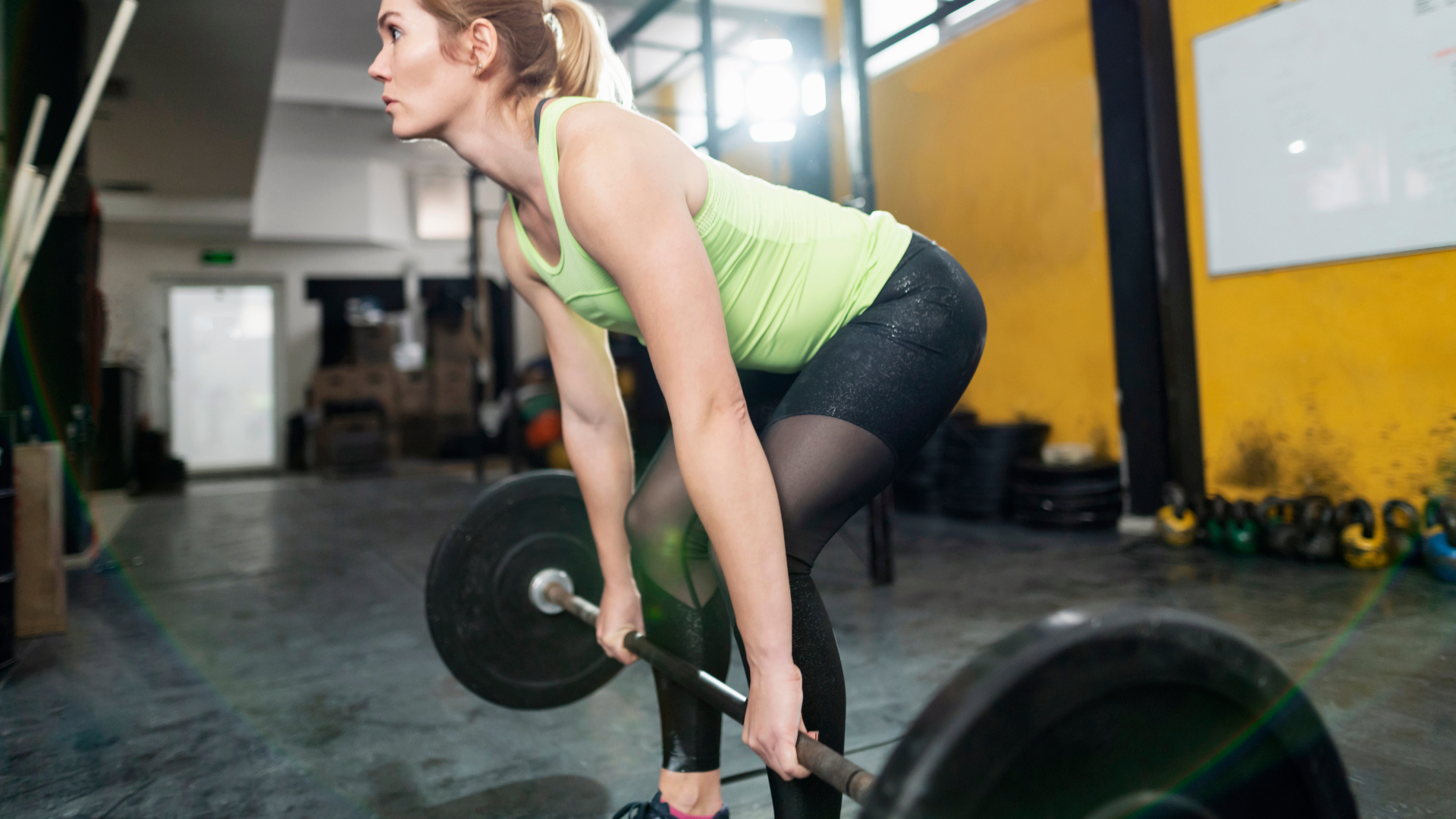
You may not have heard of floating deadlifts as they’re not as common on the gym floor, however, they’re not as crazy as they sound. A floating deadlift is just like performing a conventional deadlift (while standing on a weight plate or small block) but instead of returning the barbell to the ground, you stop a few inches above it. This increases time under tension, especially in the glutes, as by not resting the barbell on the floor your muscles are placed under constant tension. Plus, by standing on a weight plate your range of motion is greater. It's also a good option to help strengthen your drive off of the floor too.
3. Sumo deadlift
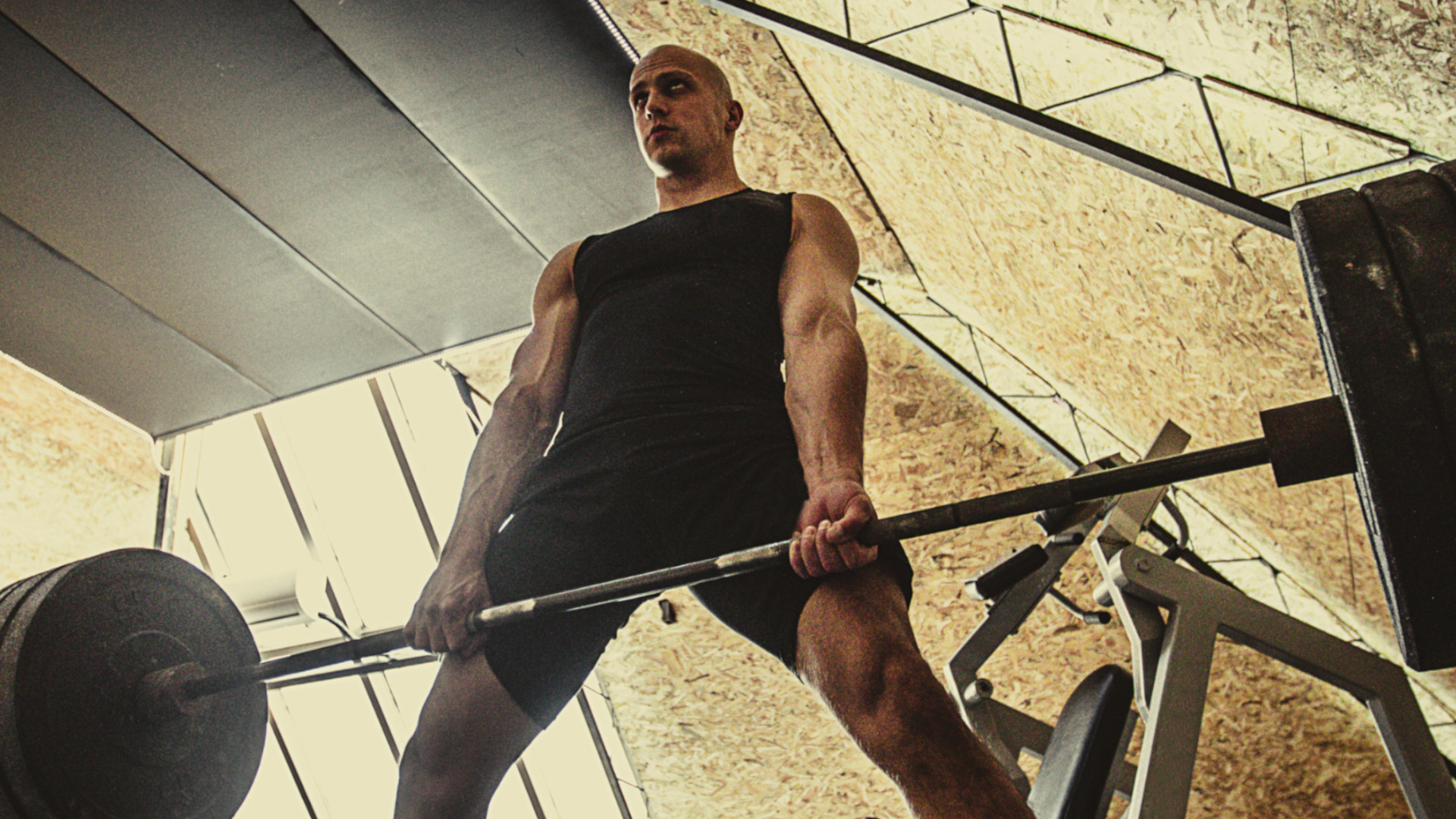
Again, if you’re looking to take some load off your lower back, the sumo deadlift can help. This deadlift variation starts in a wide stance with your hands positioned inside your feet and studies have shown it places more focus on the quads and glutes. People often say the sumo deadlift is ‘cheating’, as the range of motion lifting the barbell off the floor to lockout is shorter, as you begin closer to the floor. However, it comes down to you, the lifter. Some people even struggle to get into the wide stance as it places your hips in external rotation and therefore requires good mobility. Overall, it’s an excellent option if you want to target your legs and glutes more, lift lots of weight, and ease off the lower back.
4. Single leg Romanian deadlift
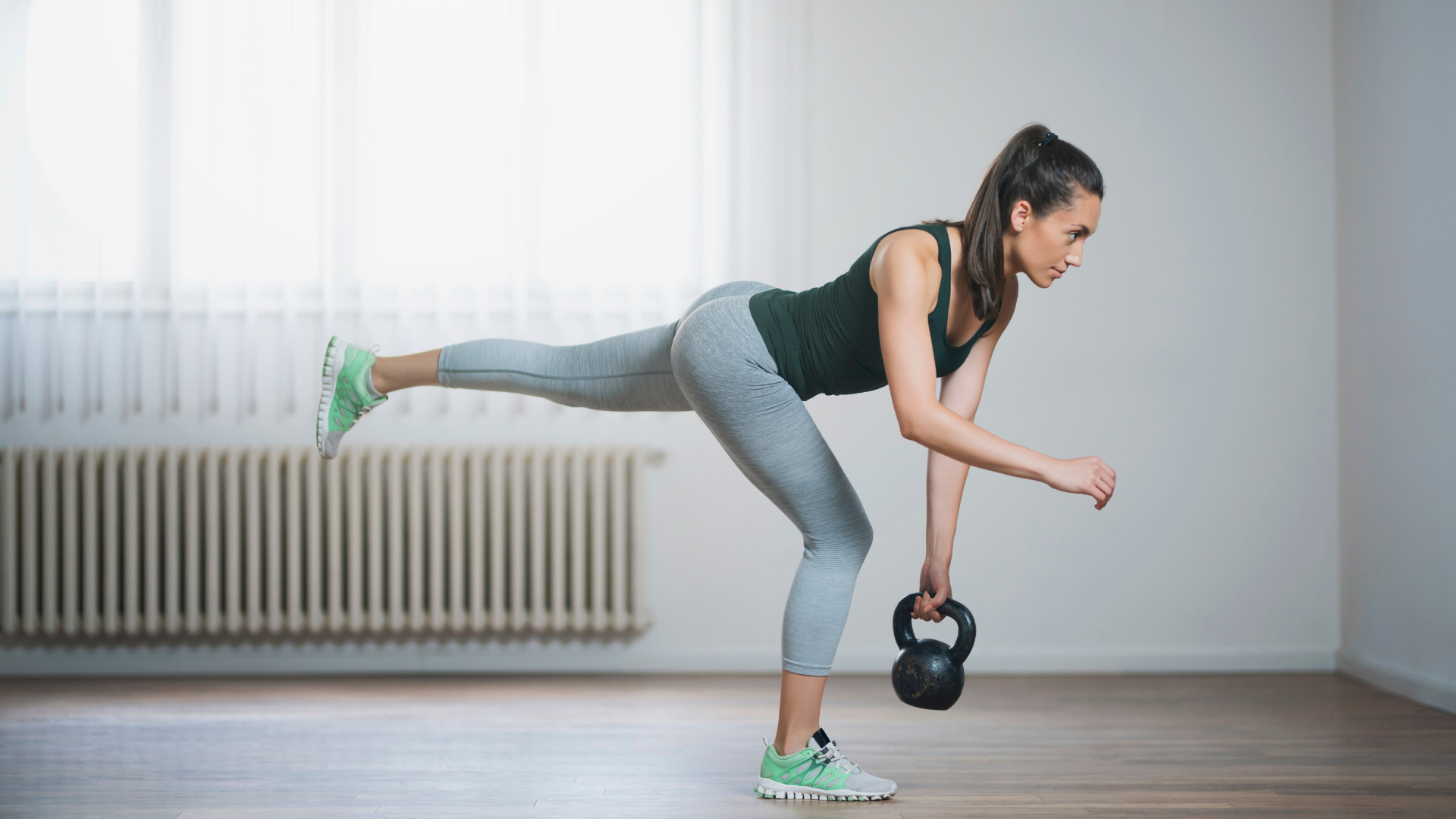
Single leg deadlifts are a unilateral exercise that target the hamstrings, calves, glutes, and lower back muscles. It’s performed the same as a regular Romanian deadlift, but on one leg at a time, so it’s great for challenging your core stability and reducing the likelihood of muscle imbalances. They’re a great exercise for doing at home too as they can be performed with a variety of equipment, from a single kettlebell to dumbbells and even an Olympic barbell (although this is pretty advanced).
5. Rack pulls
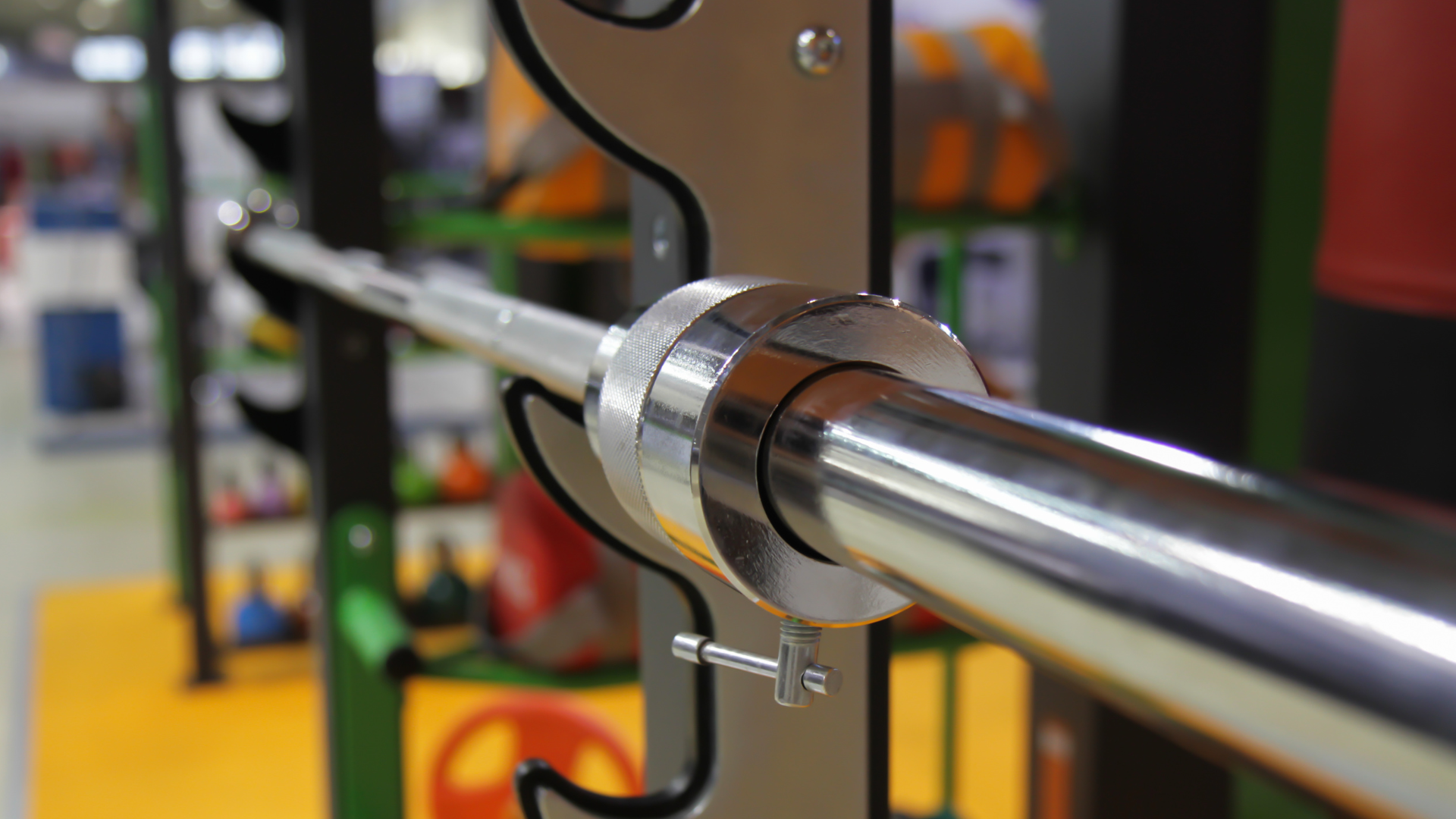
If you struggle with the lockout portion of your deadlift, or your grip strength is lacking, then rack pulls are useful. Rack pulls are performed in a power rack (hence the name) and allow you to perform the top half of a deadlift. The barbell is positioned at about knee height, significantly decreasing your range of motion so that you can lift a lot more weight than usual. It’s a great variation for strengthening your lower back to increase your lockout strength, as well as forearm strength for your grip, both of which you can then carry over to your regular deadlift.
Get all the latest news, reviews, deals and buying guides on gorgeous tech, home and active products from the T3 experts

Bryony’s T3’s official ‘gym-bunny’ and Active Staff Writer, covering all things fitness. She is a certified personal trainer and also a part-time fitness instructor. In her spare time, you will find her in her natural habitat - the gym - where her style of training is a hybrid of bodybuilding and powerlifting. Bryony loves writing about accessible workouts, nutrition and testing innovative fitness products that help you reach your fitness goals and take your training to the next level.